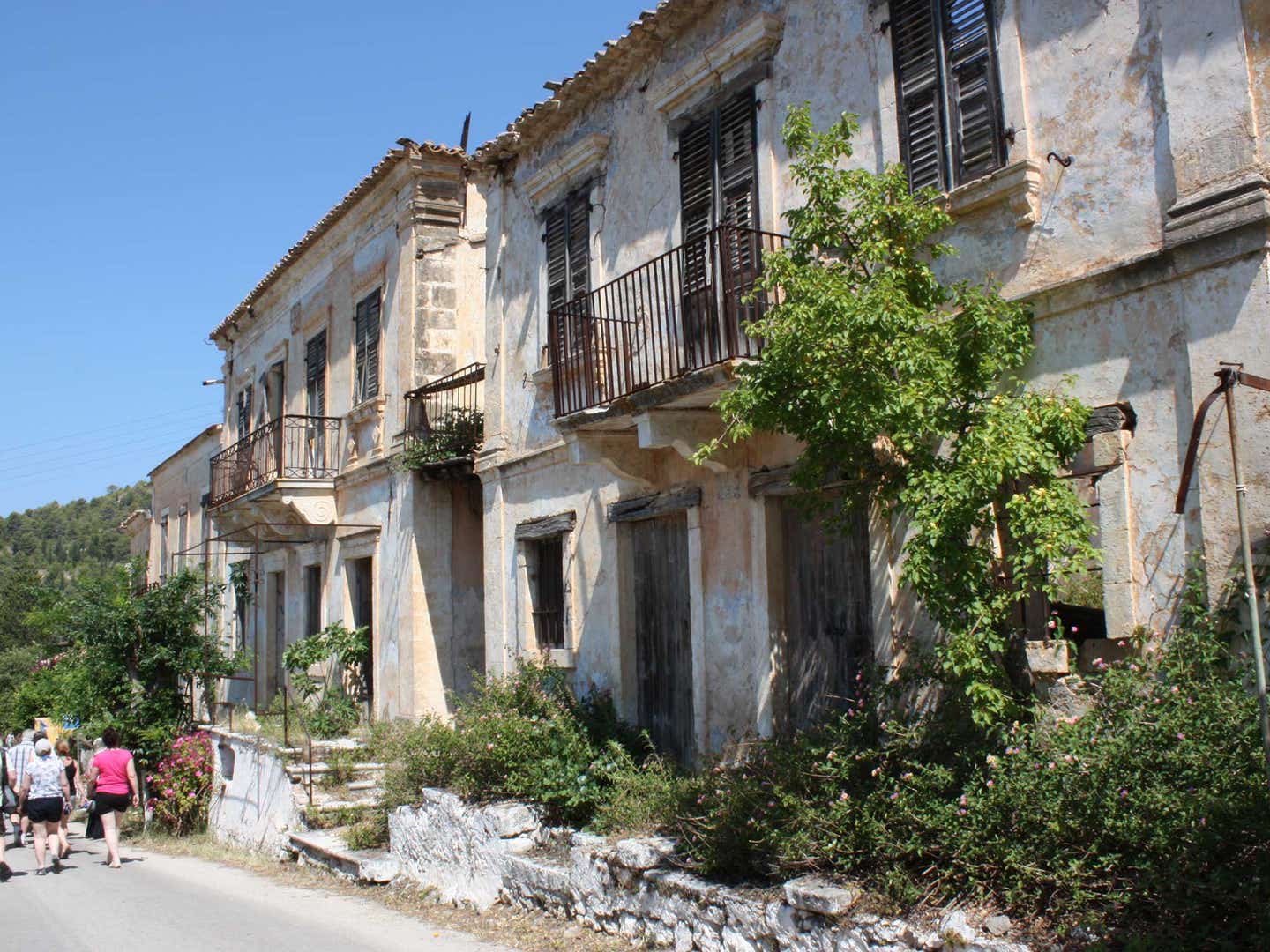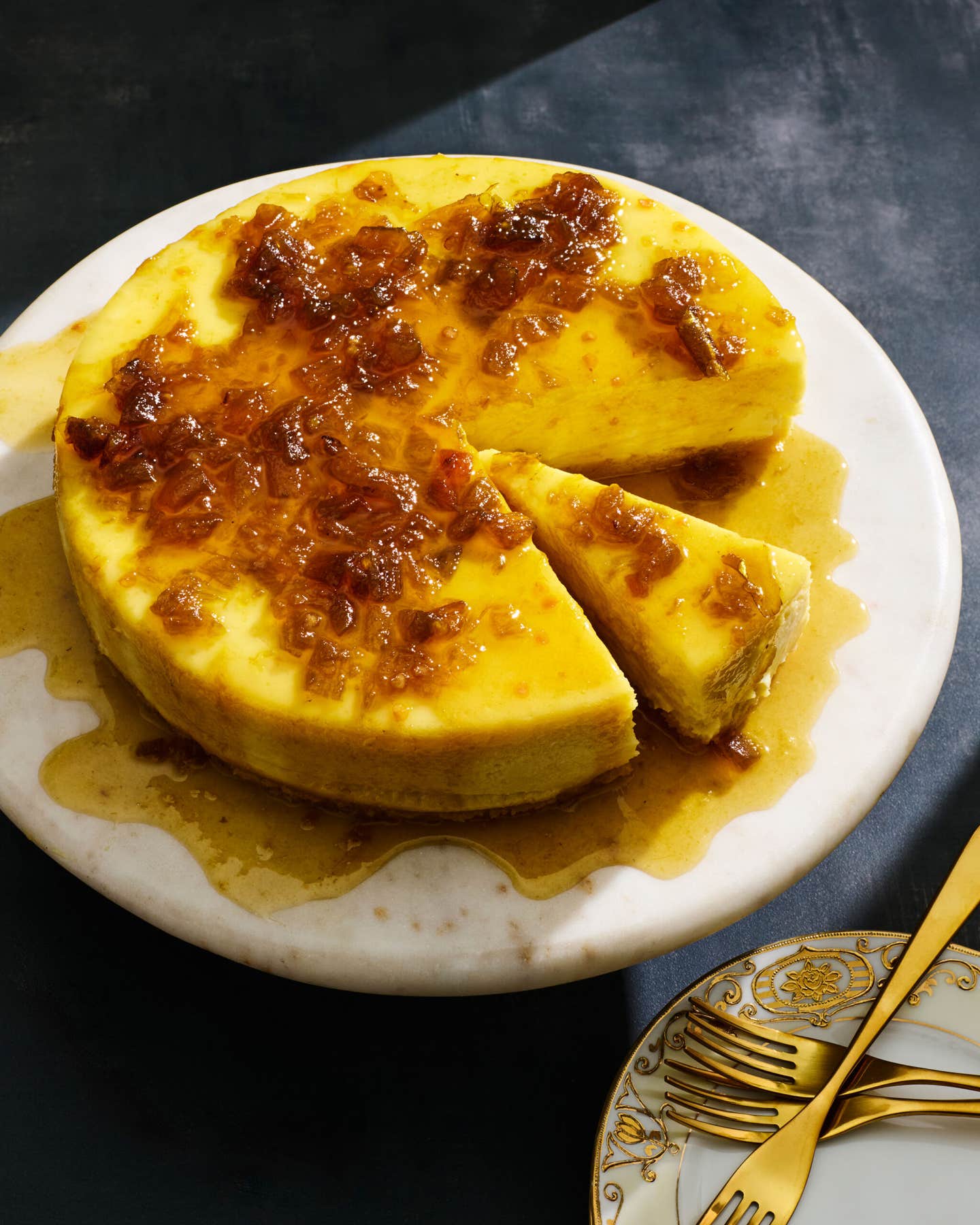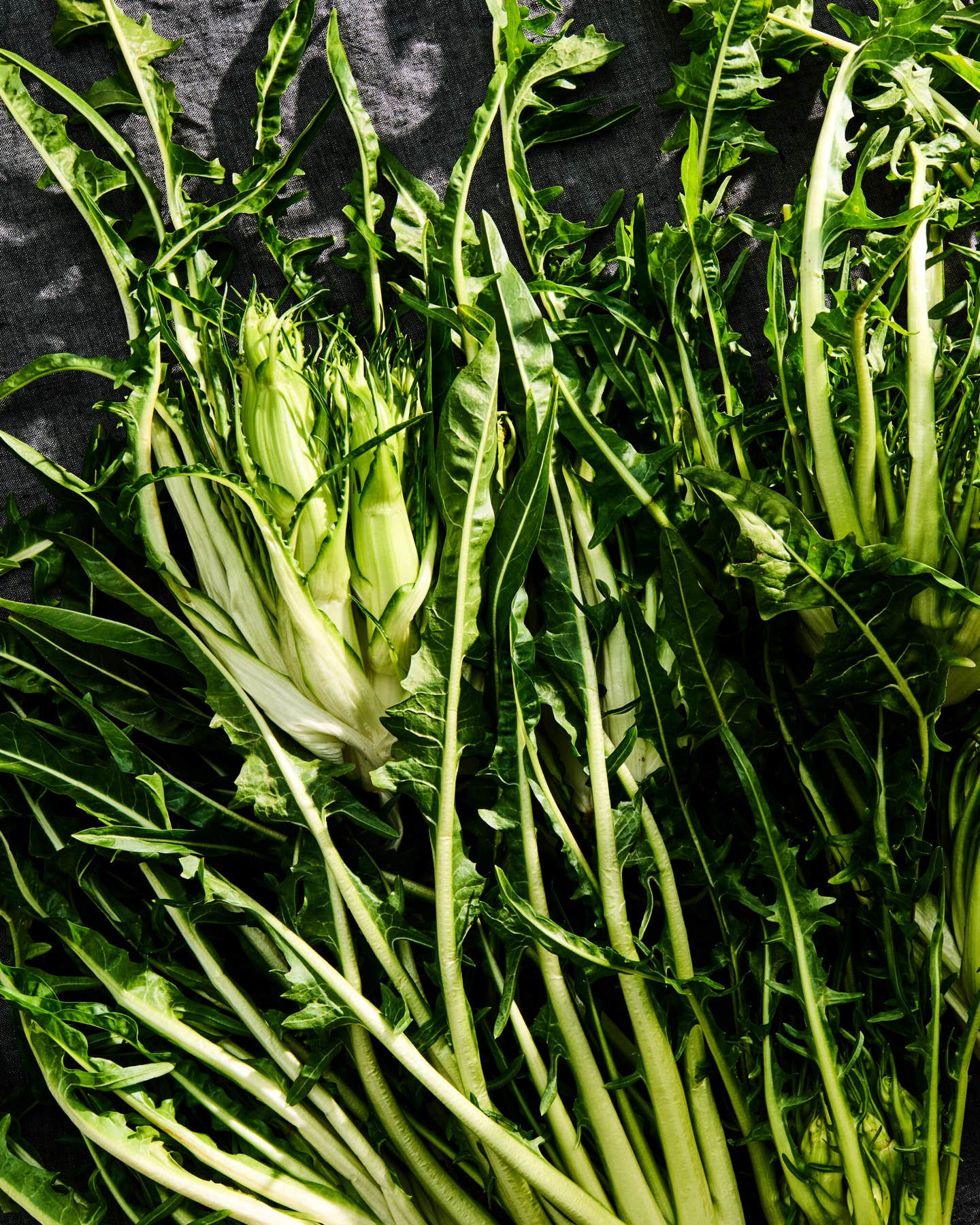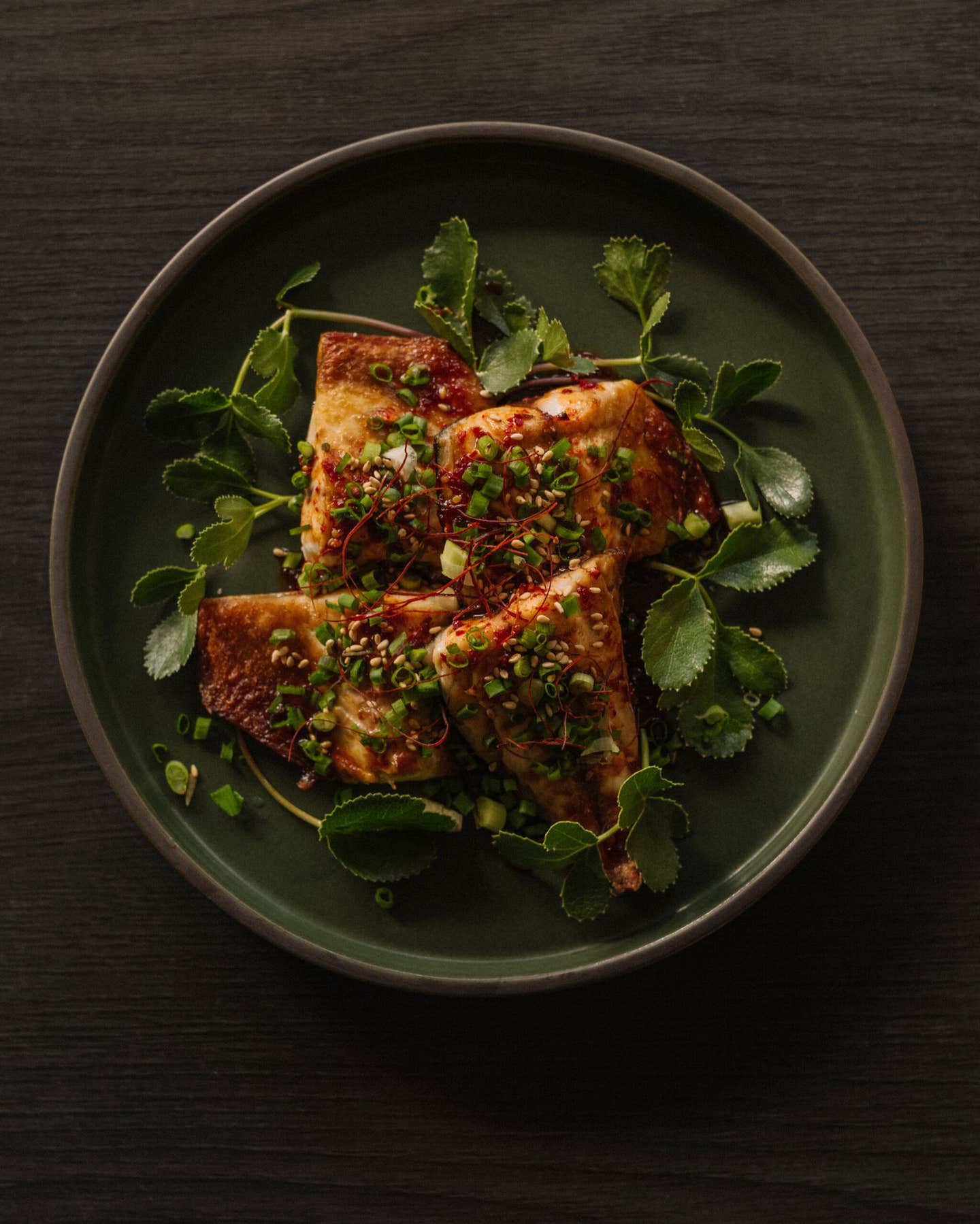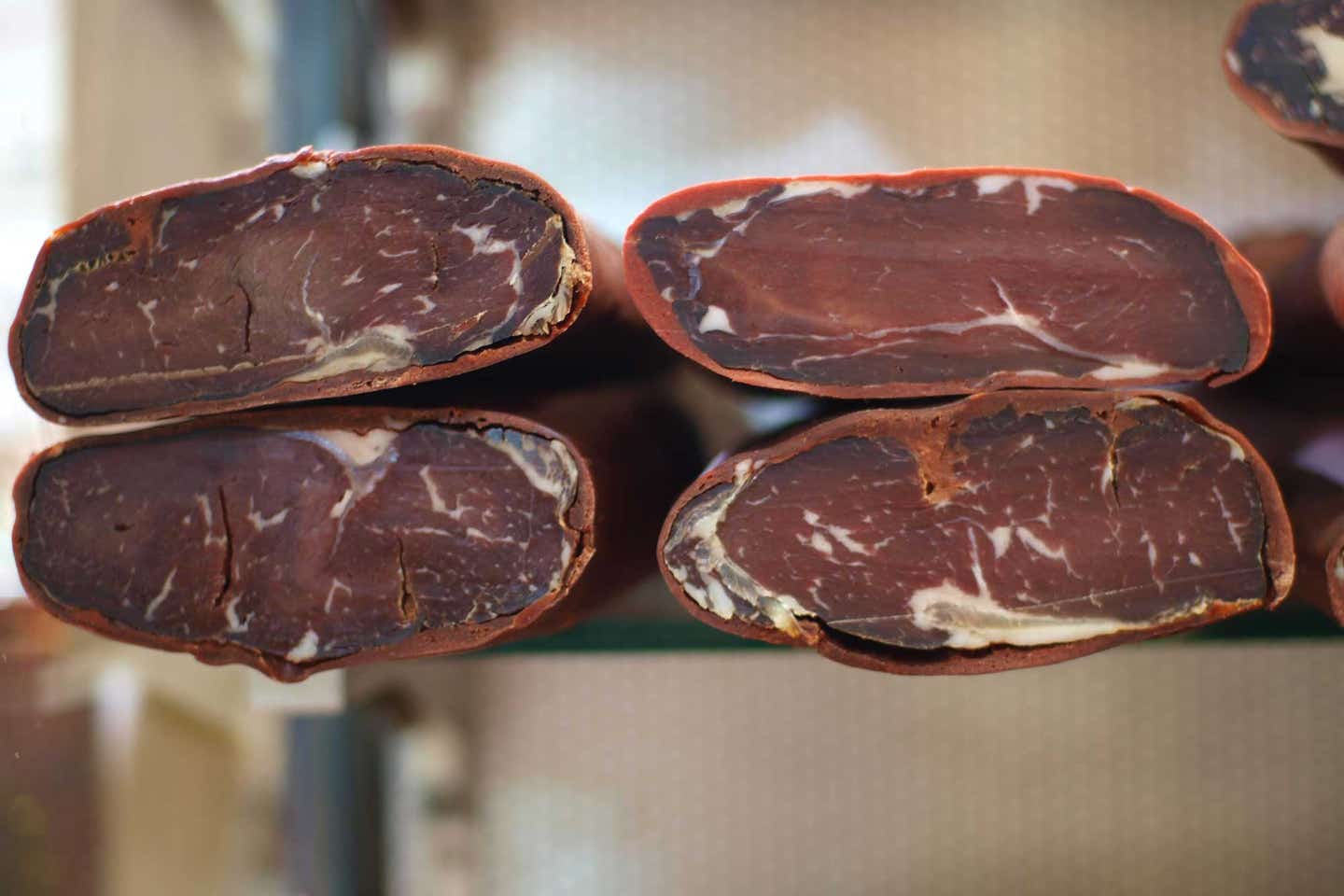
12 Underappreciated Greek Ingredients That Belong in Your Pantry
The best capers, honey, and snacks for eating like a real Greek
There are certain pantry items that we all know a Greek kitchen wouldn’t go without: olives, feta, vinegar, and plenty of olive oil. But it's only after spending some time in Greece that I realized just how expansive—and delicious—the Greek pantry can be.
To get a crash course, I met with Thomas Douzis, the founder of Ergon Foods in Thessaloniki, to learn about the ingredients that are staples in Greek kitchens but less well known overseas. They come from all over the country, and of course regional differences abound—honey may be a given, but how it tastes depends entirely on the local plant life. But they're all essentially Greek, and can help you expand your idea of what Greeking cooking can mean.
Below, we’ve rounded up 12 pantry items to get you feeling a little more Greek.
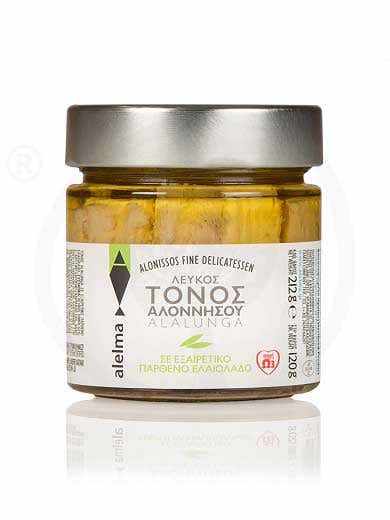
Pre-packaged fish sounds odd for a country that's all about freshness, but the Greeks know how to do it right. Alonnisos is a small island in the Aegean with a year-round population of only about 2,000, and there is still a group of fishermen who fish for tuna. You can get it in olive oil or water, but I highly recommend the olive oil for the extra richness it gives the fish. The tuna's a common addition to salads and pasta sauces.
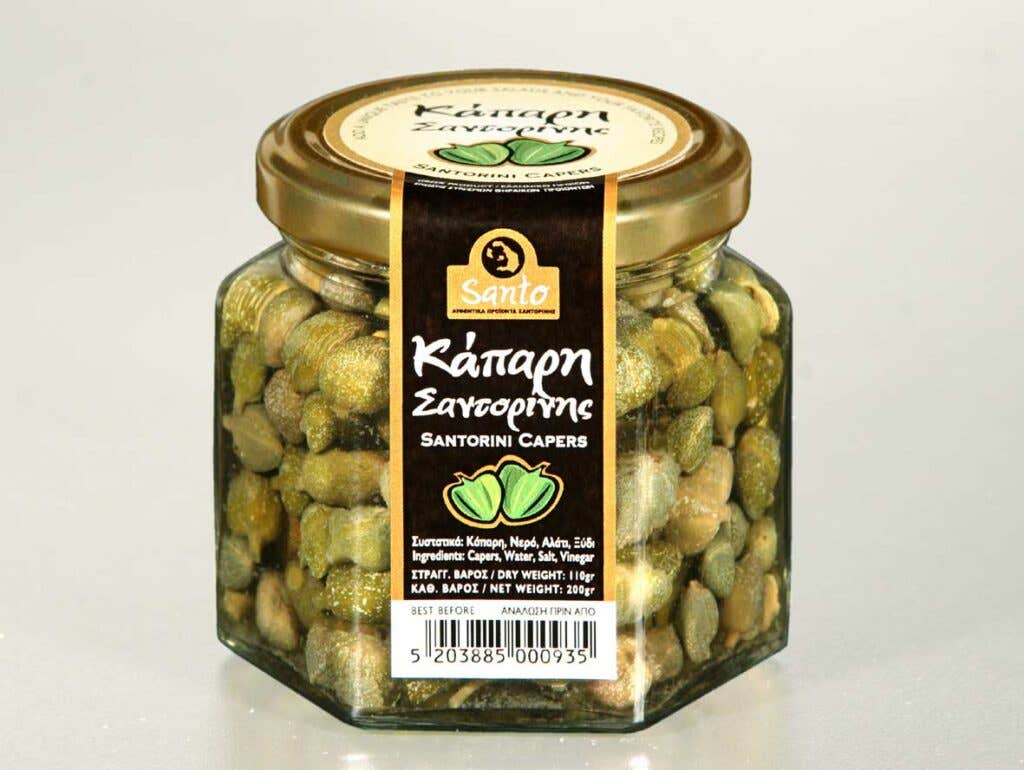
The first time I tried a caper in Greece, I wasn’t really sure what it was: It was huge, stuck on a stem, and a brighter green than I was used to. Now it’s really the only kind of caper I want to eat anymore—it’s much more flavorful than what you typically see in the U.S. Sprinkle a few on your Greek salad or add them to a pasta dish. If you’re in the mood for something salty, there’s nothing better.
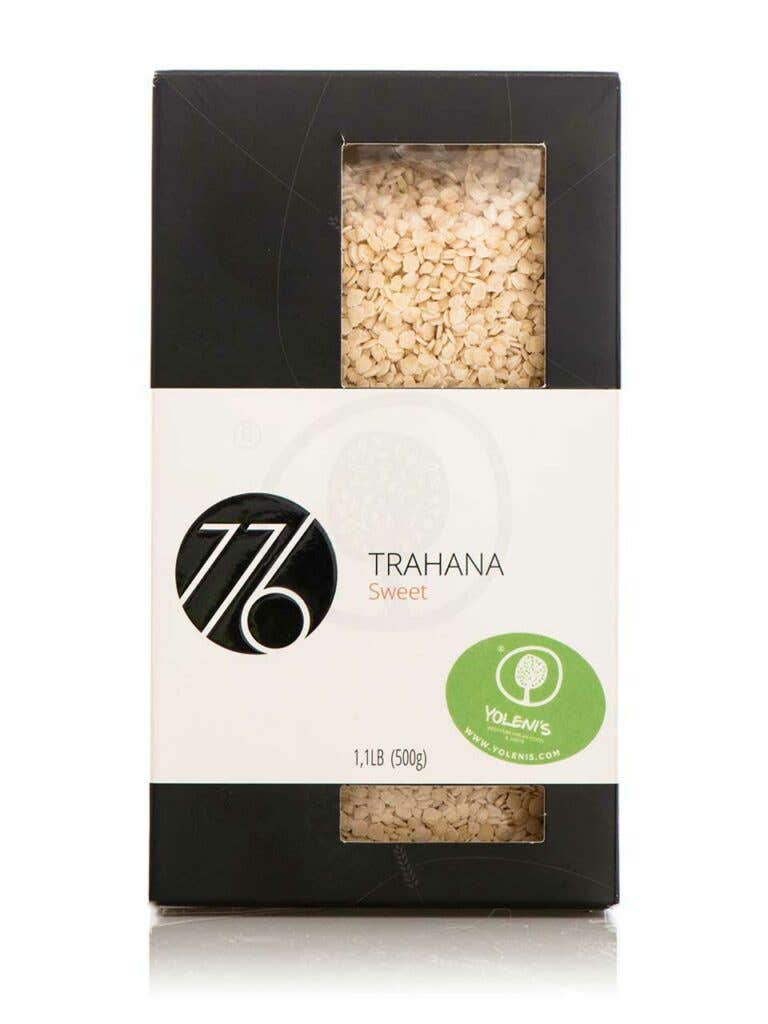
Thomas tells me this ancient pasta is "very Greek"—he associates it with his grandmother, who used to make it by hand. It's made from wheat flour, bulgur, or semolina, and according to cookbook author Diane Kochilas, "milk, buttermilk, or yogurt are mixed into the flour or wheat to form a thick mass." From there, it can vary a little by region, but its uses are widely similar. It's a little like couscous, and you can add it to soup or salad for a little extra heft.
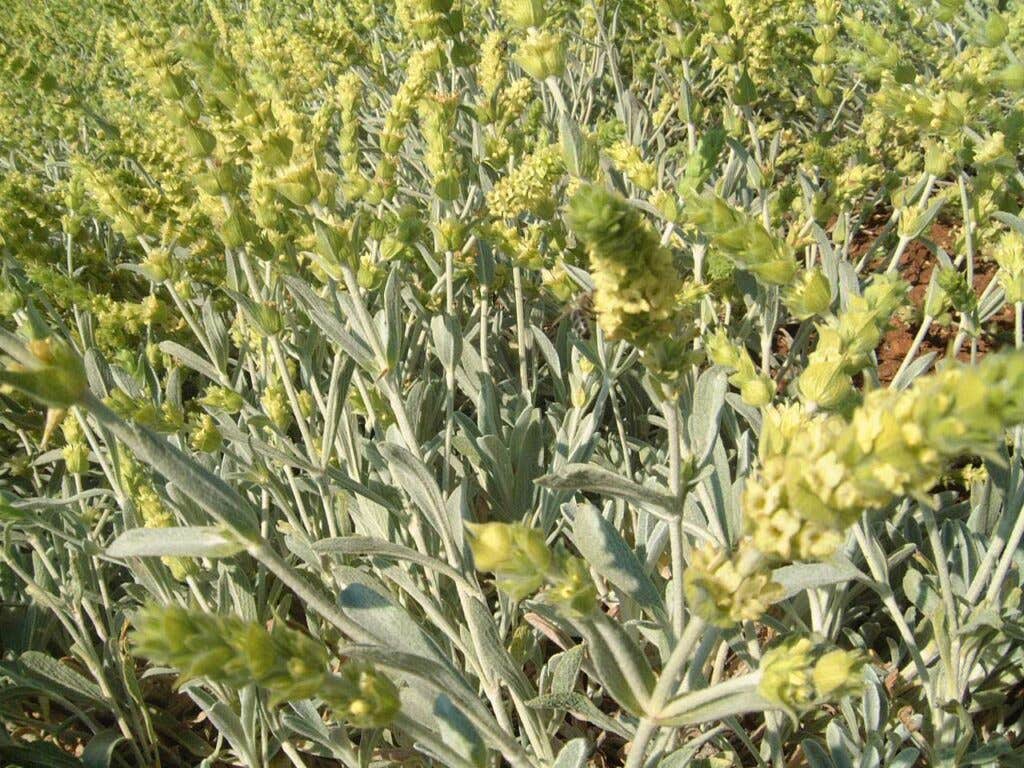
This mountain tea has been getting some international love recently, but it has been a part of the Greek drinks lineup for a long time now. For thousands of years, Greeks have been picking the leaves, flowers, and stems of the sideritis (a.k.a. ironwort) plant and brewing it for a tea. Hippocrates has even praised it for its positive effects on the immune and respiratory system. Modern science argues: "recent studies indicate that it assists in the prevention of osteoporosis, Alzheimer's, and even cancer and has a positive effect on a myriad of different ailments including colds, fevers, respiratory problems, digestion problems, and anxiety." Even if you don't buy it for these health effects, it makes a great grassy, soothing beverage to give you a break from all the ouzo and raki you've been drinking.
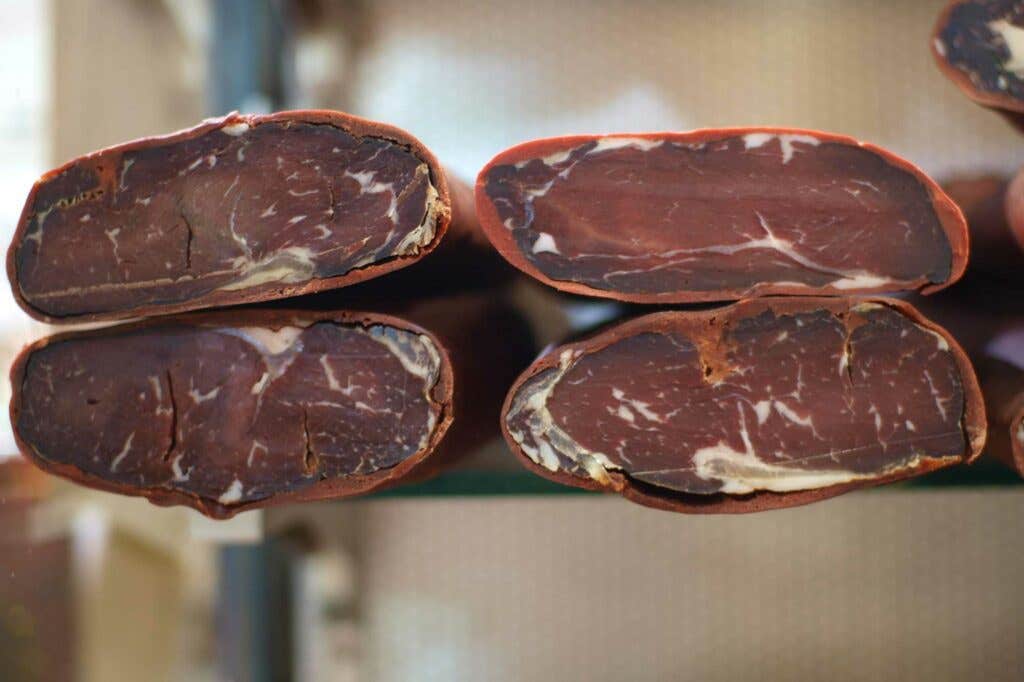
If you’re looking to up your charcuterie game, pastourma is the perfect meat to try. It’s not a strictly Greek thing—you can find it in Turkey, Egypt, and Armenia too, all with slightly different spellings—but the Greeks have made it their own. The meat is dried, then rubbed in spices, giving it a kick that sets it apart from most dried meats. Slice it thin and eat it with breakfast or, well, pretty much anything. These days that meat is mostly beef, but originally it was camel. If you really look, you might still be able to find the original version, but it has become scarce.
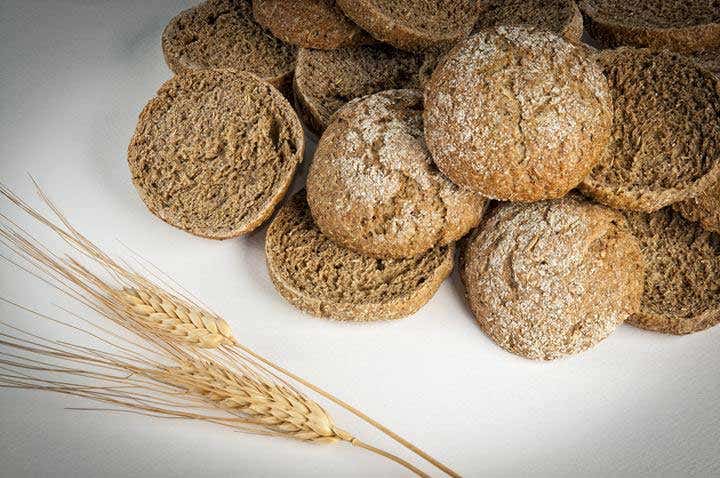
This is something you should definitely stock up on in the summer when tomatoes are in season. It's an extremely hard bread, but when you use it as the bottom layer to a juicy tomato salad (complete with olive and feta brines) it'll soak up extra moisture like a nutty, delicious sponge. This rusk is actually a "Protected Geographical Indication (PGI) product," one that has been part of the Cretan diet for centuries. "It has been called the bread of the farmers, the shepherds and the sailors of Crete," the Hellas Security Food organization notes, "because it has a long shelf life and its quality and taste remain unchangeable for months." If you want a real Greek pantry, this is a must.
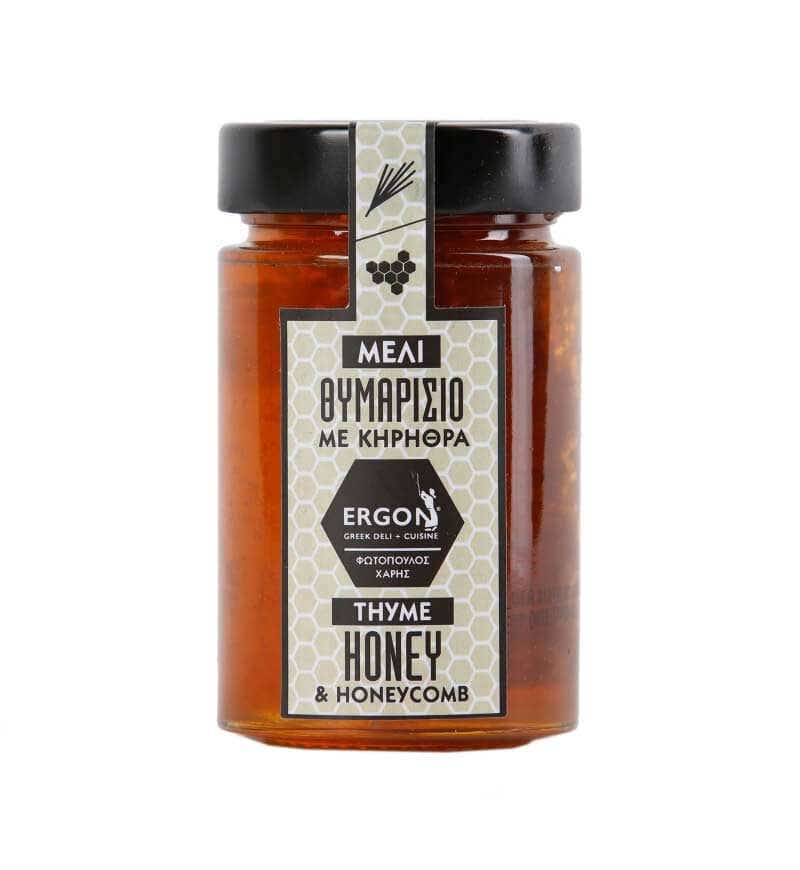
Honey in Greece is always good, but thyme honey is something special. It comes from Greece’s dry climates, where bees can only find thyme to pollinate. The flavor isn’t overbearing, but it certainly doesn’t taste like your average honey. The jar I purchased from Ergon also has a big chunk of honeycomb inside, giving it flecks of texture and something to munch on once you’ve burned through the liquid.
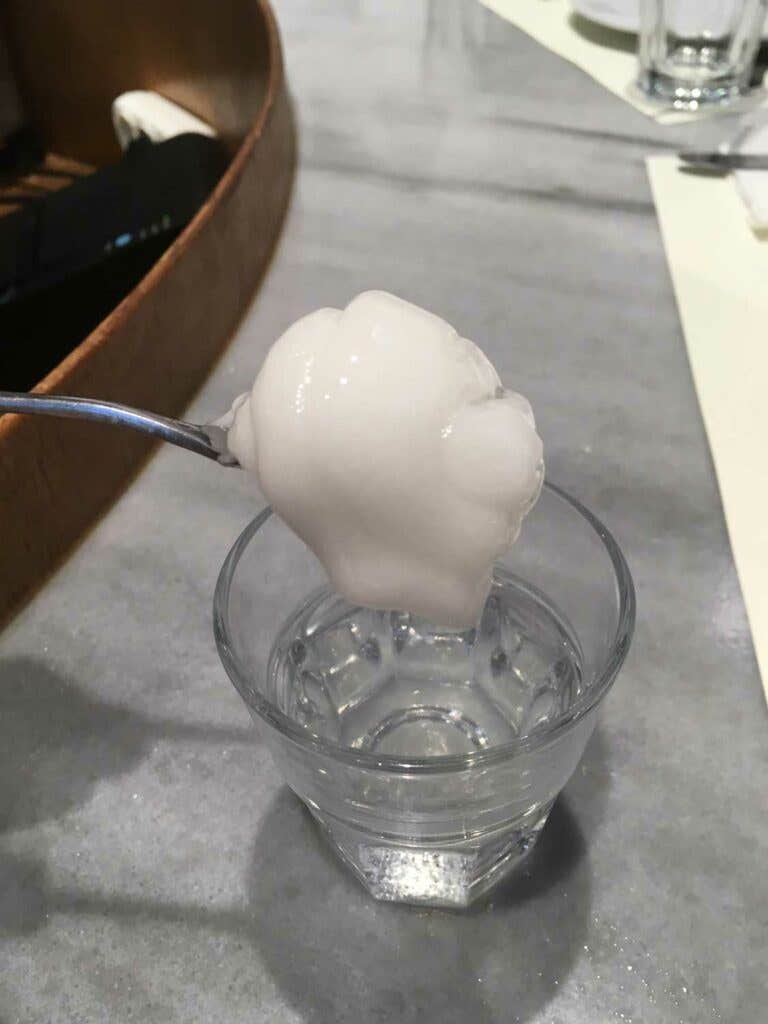
In the interest of full disclosure, I really don't like mastiha. I have tried repeatedly, but I just can't figure out how to like it. It's a resinous syrup that comes from a tree that grows on the Greek island Chios, and it's sweet, piney, and unlike any other flavor. At Ergon, I tried it wrapped around a spoon and soaked in cold water (known as a submarine in Greece). Once you've sucked off all the gum, you can drink the water, which is hopefully still a little cold, and it's a refreshing way to end your meal, so mastiha fans tell me. Like many other Greek products, mastiha has a bunch of purported health benefits, and if you want to have dessert like a Greek, you shouldn't skip out on it—it's worth trying at least once.
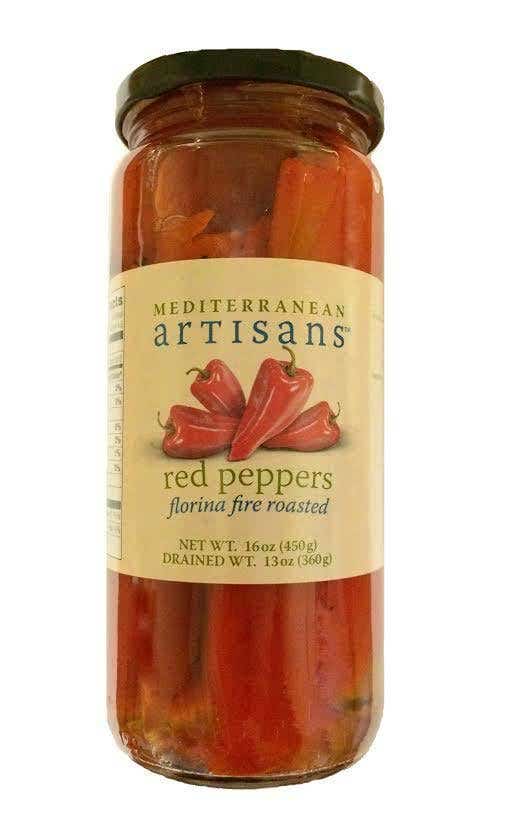
This red pepper comes from Florina, a region in northern Greece close to the Macedonian border. The seed's origins in the area trace back to the 17th century, and in 1994 they were awarded the Protected Designation of Origin. You can use them in pretty much anything from salads to pastas, and you can even stuff them. These vinegar-soaked peppers will make a great substitution if you can't make it to Florina.
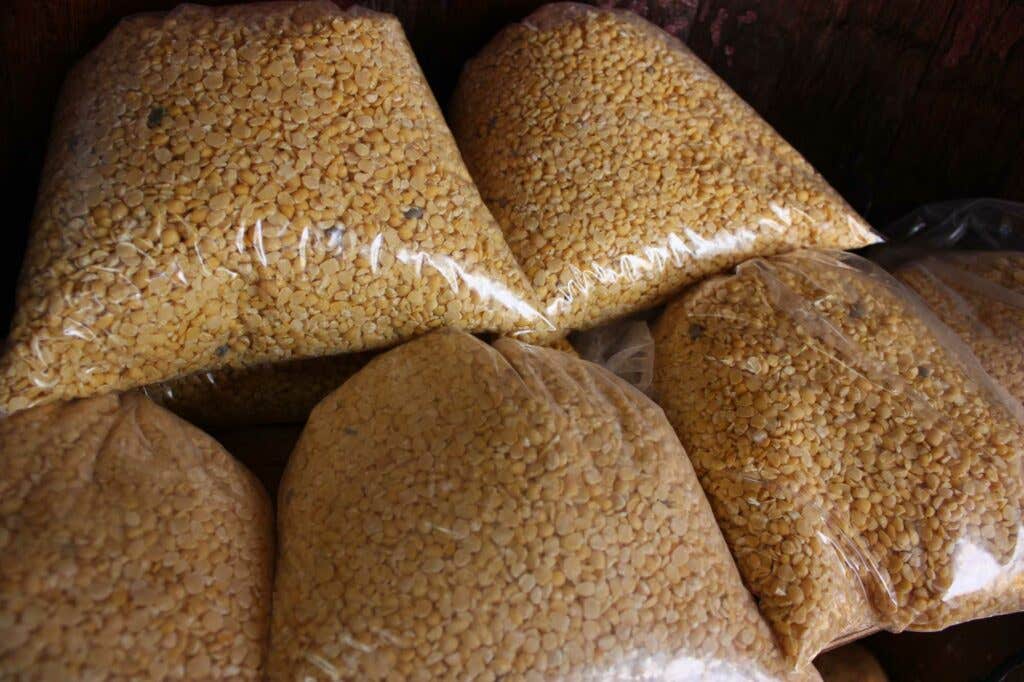
This ingredient is a bit of a misnomer: It's split peas, not actual fava beans (in Greek that would be kouki, but these are indeed called favas), and you can buy them in bags that sort of resemble pasta. The beans are normally cooked with a little onion and plenty of olive oil, and you typically get them as a side dish in Greek restaurants. They're particularly popular in Santorini, but you can find it throughout the country, and now you can get it at home.
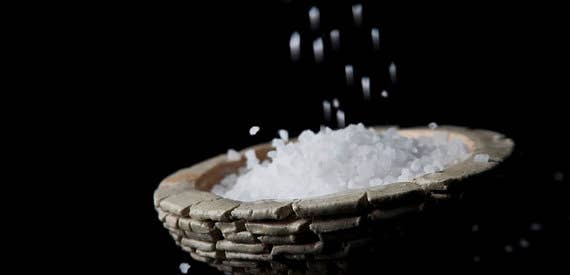
Don’t be misled by the French name—this is a 100% Greek product. It’s picked off rocks along the Greek sea where the waves crash onto shore, forming puddles that dry up and leave behind salt deposits that get turned into enormous flakes. The good stuff is even a little moist to the touch.
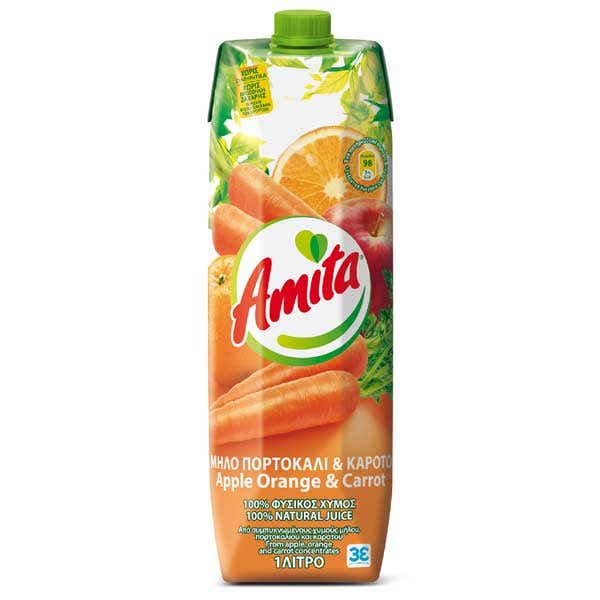
This is not necessarily a pantry “essential,” it’s not fancy, and it’s probably not easy to get from outside Greece, but this juice is probably my biggest drink obsession. I had my first during the summer, when the marble sidewalks in Syntagma square radiated heat through the bottom of my sandals. I bought one at a bodega and downed it immediately. I bought a second one and downed it again. I’m not sure if it was the momentary relief this cold juice brought, or if it was the unexpectedly pronounced carrot taste in the drink, but something had me hooked. Now, when back in Greece, I make midnight runs to the corner bodega to satisfy my Amita craving.
Keep Reading
Continue to Next Story
